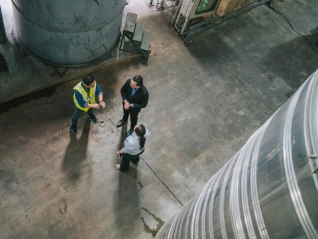Atradius Atrium
Get direct access to your policy information, credit limit application tools and insights.
 Hong Kong SAR
Hong Kong SAR














Viewing 7 out of 186







Viewing 7 out of 44
Our Atradius Exclusive series will provide you with the latest insights from Atradius Economists, annual reviews of corporate payment practices, sector performance and more.







Viewing 7 out of 18














Viewing 7 out of 9